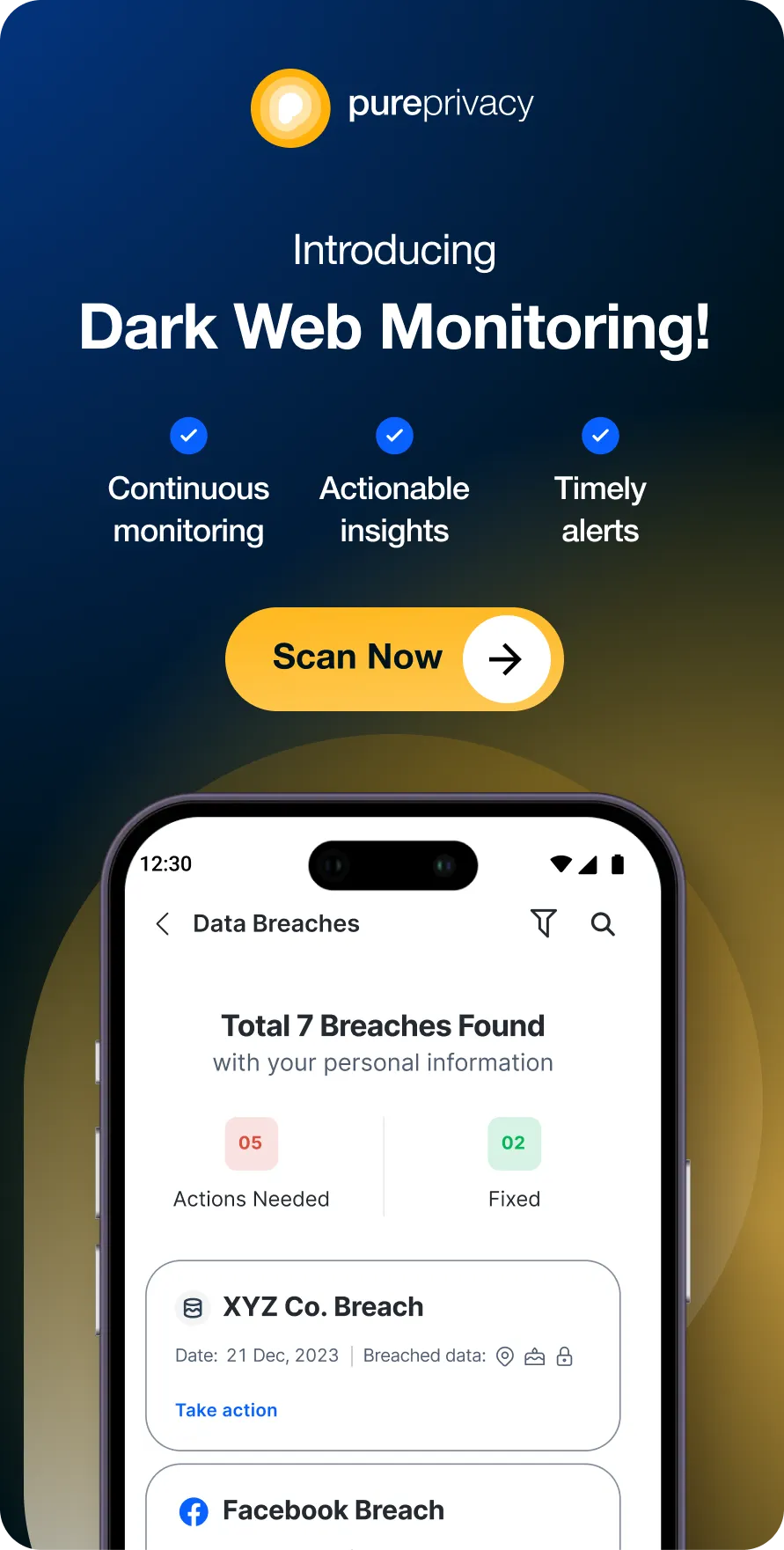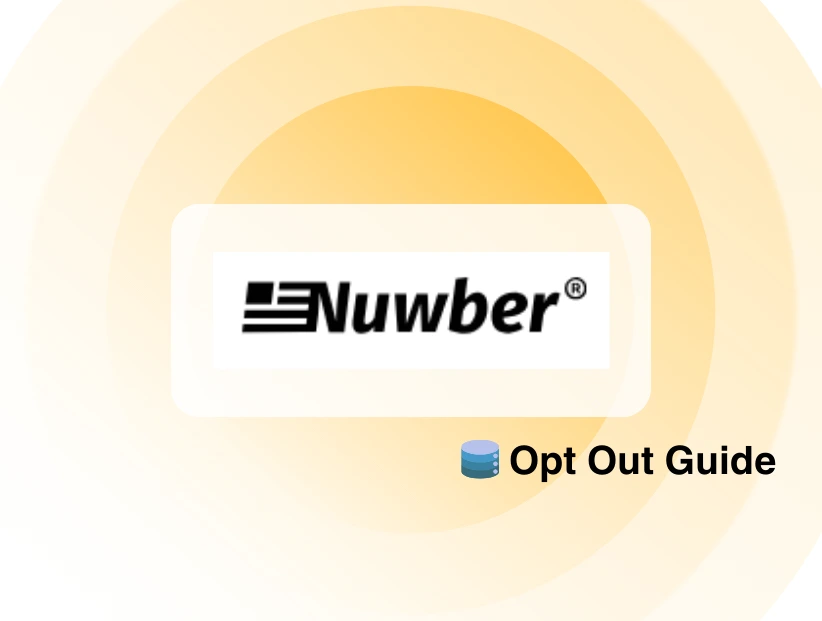Cybercriminals never rest—once data is leaked, it becomes a goldmine for fraud and identity theft!
A massive data breach has compromised over 14 million customer records from Hipshipper, a shipping and logistics platform serving major e-commerce retailers like Amazon, eBay, and Shopify.
According to cybersecurity researchers, an unprotected AWS S3 bucket left sensitive shipping data. The breach reportedly went unnoticed for at least a month, raising serious concerns about data security negligence.
If exploited, this breach could lead to significant risks. Let's break down what happened, the risks involved, and how to keep your data safe.
What Happened in the Hipshipper Data Breach?
In early February 2025, security researchers discovered an open AWS S3 bucket containing:
- Over 14 million shipping records, including customer names, phone numbers, and addresses
- Order details linked to eBay, Amazon, and Shopify transactions
- Shipping labels containing tracking numbers and courier details
The unprotected cloud storage was indexed by public search engines, meaning cybercriminals could have accessed this data effortlessly. Despite multiple warnings from security experts, the exposure remained unresolved for weeks.
Discover if Your Most Critical Identifiers Have Been Exposed on the Dark Web
Receive timely alerts and actionable insights with PurePrivacy's Dark Web Monitoring.
What Was Leaked?
Security researchers discovered that an unprotected AWS S3 bucket was left open, allowing anyone with internet access to view and download sensitive data, including:
- Customer Names & Addresses – Personal details of shoppers worldwide.
- Order Details – Purchase history linked to specific customers.
- Shipping Labels & Tracking Info – A roadmap for cybercriminals to exploit.
The exposure lasted for at least a month before security experts reported it, increasing the risk of data exploitation.
What Are the Risks of Exposed Shipping Data?
If your information as part of the Hipshipper breach, you could be at risk for:
- Targeted Phishing Attacks: Fraudsters can impersonate shipping companies to steal payment details.
- Identity Theft: Leaked names, phone numbers, and addresses can be used for social engineering scams.
- E-commerce Fraud: Cybercriminals can manipulate shipping data to intercept or reroute packages.
- Regulatory Penalties: If Hipshipper operates in Europe, GDPR violations could lead to massive fines.
What Should You Do If Your Data Was Compromised?
Data breaches don't just affect companies—they put consumers at risk, too! Here's what you need to do now:
- Monitor Your Accounts: Check for suspicious activity in your email and e-commerce platforms.
- Beware of Phishing Emails: Avoid clicking on messages claiming to be from shipping companies.
- Enable Multi-Factor Authentication (MFA): Strengthen your security across all accounts.
With data protection regulations tightening worldwide, Hipshipper could face severe scrutiny if found negligent in protecting customer information. The risk of further exploitation remains high, making it essential for affected users to take immediate action.
How to Minimize Damage During Data Breaches
Every second counts—if your data has been exposed, act fast!
- Change your passwords frequently and keep unguessable ones with a mix of characters.
- Be on high alert for phishing scams.
- Contact the company for expert guidance
- Use real-time dark web monitoring services to alert you if your data appears for sale.
PureVPN's dark web monitoring helps track and protect your online privacy.
Enable PureVPN's Dark Web Monitoring
Here's how you can use Dark Web Monitoring and take action before it's too late:
- Install PureVPN on your device or update your existing VPN app.
- Visit the Members Area to get access.
- Go to Dark Web Monitoring from the main menu.
4. Select Add Assets to Monitor.
5. Add your email address, SSN, credit card number, passport number, and phone number.
6. Mention the code sent to your registered number and you’re done.
7. Take the recommended steps if your data is part of a breach.
8. You can mark the breaches as resolved.
Frequently Asked Questions (FAQs)
-
Can shipping platforms cause data breaches?

Yes. Many e-commerce and logistics platforms store sensitive data, making them prime targets for cyberattacks and misconfigurations.
-
How do I know if my data was part of the breach?

Check for unusual account activity, beware of phishing attempts, and use PureVPN dark web monitoring to detect leaked data.
-
What is an example of an e-commerce security breach?

Several logistics providers, such as Taobao and Ticketmaster, have recently suffered cyberattacks, exposing millions of customer records.
-
What happened in the Hipshipper data breach?

Security researchers found an unprotected AWS S3 bucket containing 14 million shipping records. The exposure lasted at least a month before action was taken.
Final Thoughts
No platform is immune to data breaches! Cloud security practices also matter. Manage your risk—stay alert, take security precautions, and act swiftly to protect your personal information!






